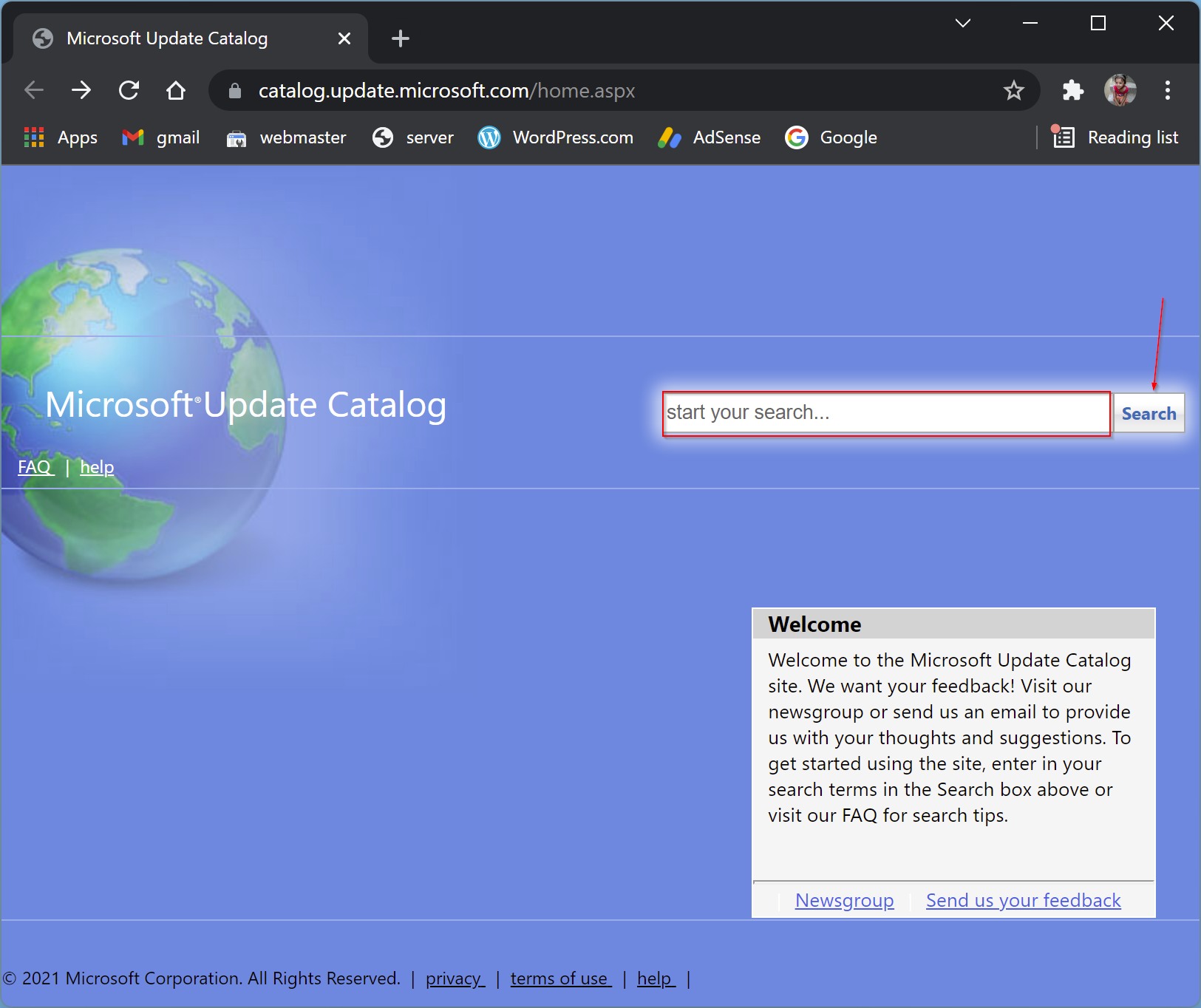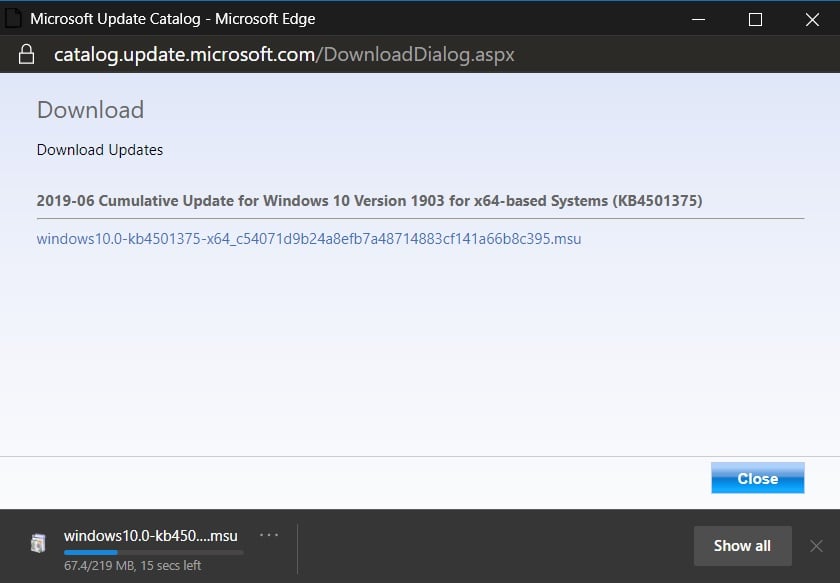

- #WINDOWS UPDATE CATALOG LIST OF LATEST INSTALL#
- #WINDOWS UPDATE CATALOG LIST OF LATEST WINDOWS 10#
- #WINDOWS UPDATE CATALOG LIST OF LATEST DOWNLOAD#
- #WINDOWS UPDATE CATALOG LIST OF LATEST WINDOWS#
$sstStore = (Get-ChildItem -Path \\fr-dc01\SYSVOL\\rootcert\roots.sst ) Then the certificates from this file can be distributed via SCCM or PowerShell logon script in GPO:
#WINDOWS UPDATE CATALOG LIST OF LATEST DOWNLOAD#
The first way assumes that you regularly manually download and copy to your isolated network a file with root certificates obtained as follows:Ĭertutil.exe –generateSSTFromWU roots.sst
#WINDOWS UPDATE CATALOG LIST OF LATEST WINDOWS#
You can configure root certificate updates on user computers in the isolated Windows networks in several ways. If you have the task of regularly updating root certificates in an Internet-isolated Active Directory domain, there is a slightly more complicated scheme for updating local certificate stores on domain joined computers using Group Policies. To do it, download disallowedcertstl.cab ( ), unpack it and add to the Untrusted Certificates section using this command:Ĭertutil -addstore -f disallowed disallowedcert.stl Updating Root Certificates in Windows with GPO in an Isolated Environment
#WINDOWS UPDATE CATALOG LIST OF LATEST INSTALL#
In the same way, you can download and install the list of the revoked (disallowed) certificates that have been removed from Root Certificate Program. Specify the path to your STL file with certificates.Īfter you have run the command, a new section Certificate Trust List appears in Trusted Root Certification Authorities container of the Certificate Manager console (certmgr.msc). You can also import certificates using the certificate management console (Trust Root Certification Authorities -> Certificates -> All Tasks -> Import). Root "Trusted Root Certification Authorities"ĬertUtil: -addstore command completed successfully. You can install this file in the system using the context menu of the STL file ( Install CTL). The Authroot.stl file is a container with a list of trusted certificates in Certificate Trust List format. Using any archiver (or even Windows Explorer) unpack authrootstl.cab. To do it, download the file (updated twice a month).

There is another way to get the list of root certificates from Microsoft website. The List of Root Certificates in STL Format This file is a container containing trusted root certificates.
#WINDOWS UPDATE CATALOG LIST OF LATEST WINDOWS 10#
To generate an SST file, run this command with the administrator privileges on a computer running Windows 10 and having a direct access to the Internet:Ĭertutil.exe -generateSSTFromWU roots.sstĪs a result, an SST file containing up-to-date list of root certificates will appear in the target directory. The latest version of the Certutil.exe tool for managing certificates (available in Windows 10), allows you to download from Windows Update and save the actual root certificates list to the SST file. Certutil: Getting Latest Root Certificates from Windows Update A little later we will need the updroots.exe file. Thus, since then the utility has not been updated and cannot be used to install up-to-date certificates. However, as you can see, these certificate files were created on Ap(almost a year before the end of official support of Windows XP). To delete/install a certificate, you can use the following commands: Certificates are stored in SST files, like authroots.sst, delroot.sst, etc.Extract the certificates from the executable file with the command: rootsupd.exe /c /t: C:\PS\rootsupd But we will try to examine its contents more carefully. To install the Windows root certificates, just run the rootsupd.exe file.Today you can download the rootsupd.exe from website. At the moment (August 2, 2019) the link doesn’t work, maybe Microsoft decided to remove it from the public. Download the rootsupd.exe utility using the following link.


 0 kommentar(er)
0 kommentar(er)
